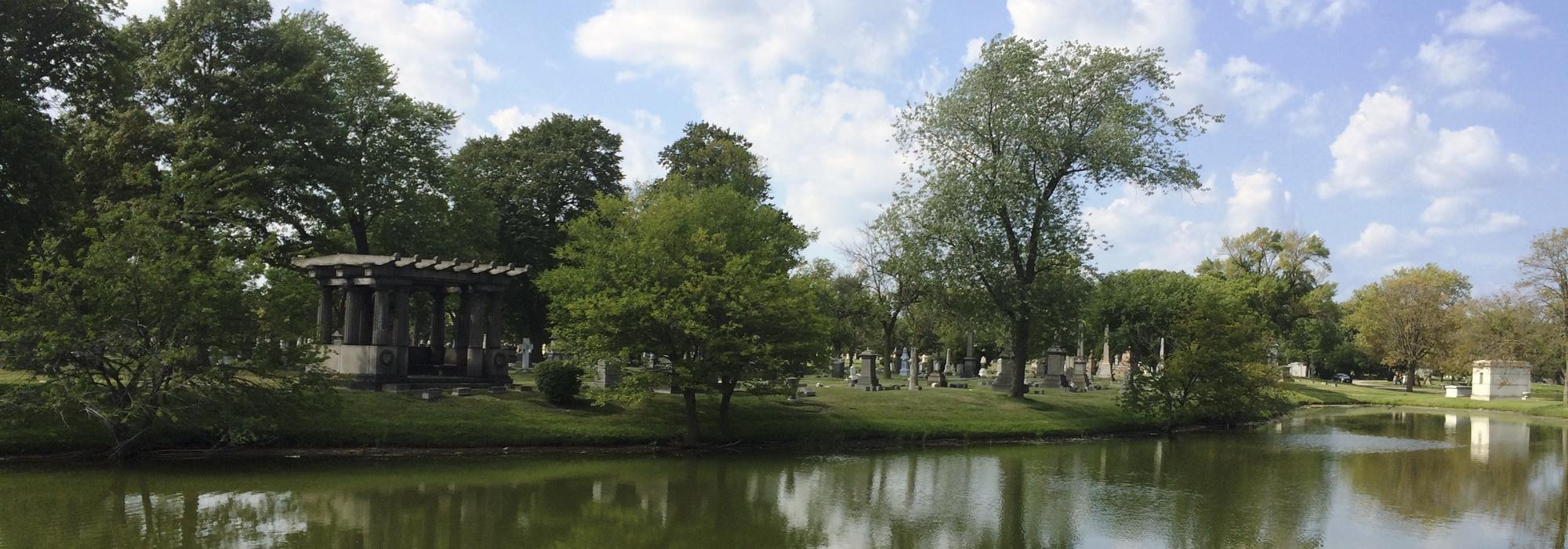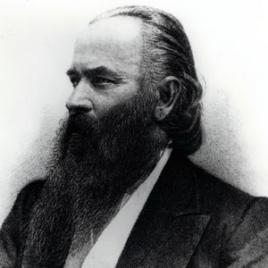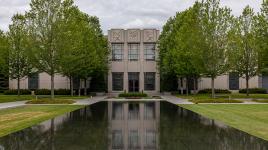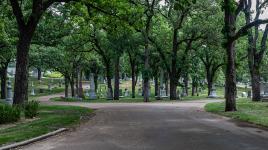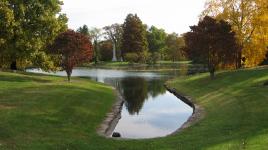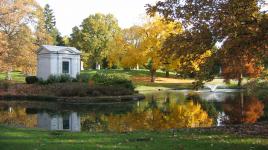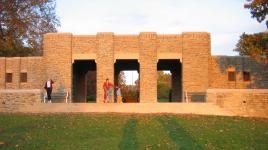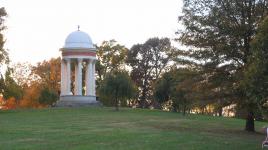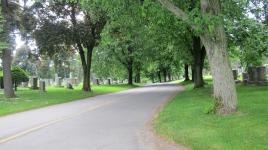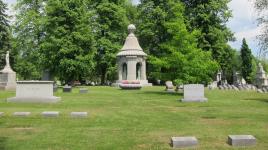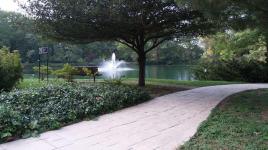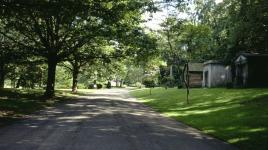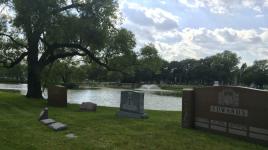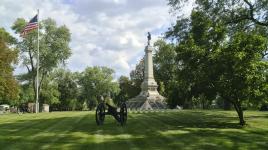Pioneer Information
Born in Eckersdorf, in the Prussian province of Silesia, Strauch went to Vienna at the age of sixteen and apprenticed for six years under Hapsburg imperial gardeners at Laxenburg and Schönbrunn Palace. In 1845 he began a study-tour throughout Europe, subsequently settling in London and working in the Royal Botanic Society’s gardens in Regent’s Park. There he met visiting Cincinnati businessman Robert A. Bowler, for whom he would begin work as a landscape gardener in 1852, having arrived in America one year earlier. Although he worked on several private estates around Cincinnati, the project that brought Strauch most praise, including from Frederick Law Olmsted, Sr., was the city’s non-denominational Spring Grove Cemetery, with which Strauch would be associated for some 28 years.
Sited on 166 acres, a third of which was swampland, the cemetery had been in use since the 1840s, but beginning in 1855 Strauch became its superintendent and transformed the parcel into the prototype of the ‘lawn cemetery’: a bucolic landscape with interconnected hills and winding footpaths leading past valleys and lakes to open spaces that were unified by the minimization of monuments and fences. Often collaborating with others, Strauch worked on myriad cemeteries, including Oak Woods Cemetery near Chicago; Woodmere Cemetery in Detroit; and Forest Lawn Cemetery in Buffalo. Although his book Spring Grove Cemetery (1869) attracted attention, his other writing, largely in German, is much lesser known. Strauch suffered a stroke and died in April of 1883, and is buried on Strauch Island in Spring Grove Cemetery.



